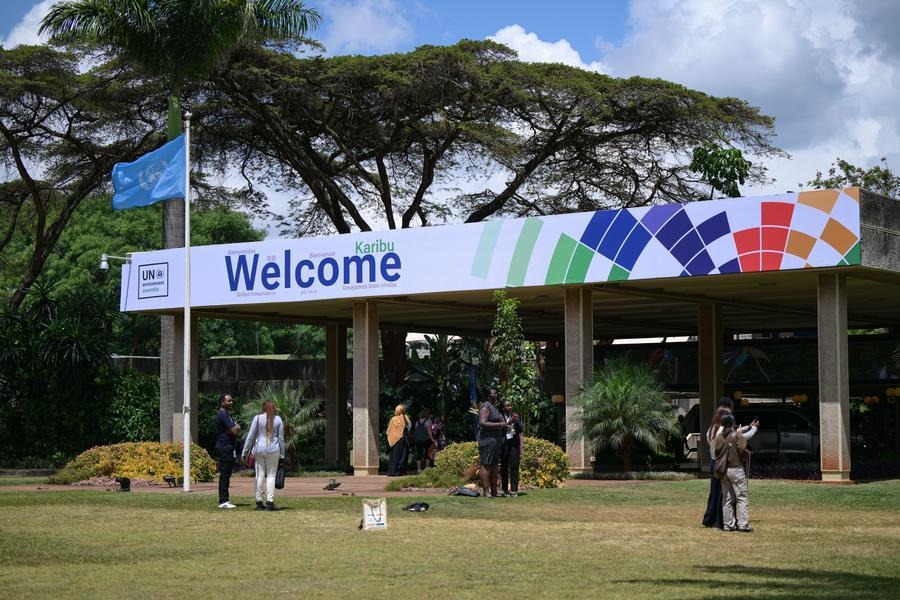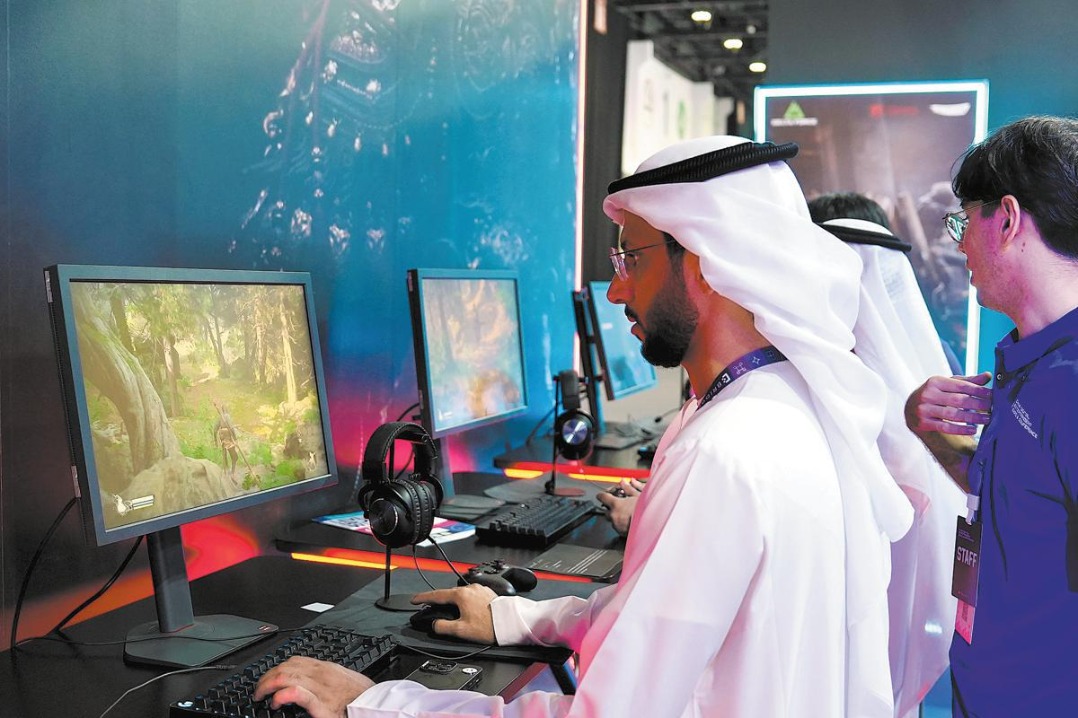China's 6G satellite test highlights importance of staying connected
By Barry He | China Daily Global | Updated: 2020-11-23 09:27

China's recent launch into orbit of a 6G satellite is a huge step forward for international communications. With the research objective of increasing the ability to monitor and track forest and crop fires, an issue that has plagued many countries this year, it is hoped that 6G will be making a significant difference to our lives as early as 2030.
At a time when many countries are still in the stages of rolling out and fine-tuning 5G infrastructure, 6G ultrafast wireless technology is being tested at the frontier of outer space.
The Star Era-12 was launched earlier in the month. The aptly-named satellite is emitting and operating on frequency bands that are so high they need to be tested in space. This is so signals cannot be impeded by the abundant density of molecules in our atmosphere, which can distort and slow down such delicate but potent frequencies. An absolute vacuum is needed for this advanced technology, which is still in its infancy.
Although it is not known just how fast 6G is, many experts estimate somewhere in the region of 100-500 Ghz, about 100 times faster than even the most modern 5G efforts. The telecoms industry is still several years away from finalizing objective standards for what qualifies as 6G speed, however, but the marked quantifiable improvements on 5G are already promising. 5G is itself around 100 times faster than 4G under perfect conditions, meaning that within a decade or two, our ability to communicate has increased in speed by an order of magnitude.
This interconnectedness has been shown to be more important than ever. In the midst of our global pandemic, reliable remote communication has held together our societies, allowing for an unprecedented near-normal function in work and personal lives for millions of people in cities across the world.
6G would allow you to download a full-length film in just a few seconds, and vastly improve the quality of a video call in challenging environments. Areas such as transportation and healthcare will greatly increase the scope of their technological potency, with industries such as remote robotic surgery already in practice to benefit greatly from lower latency.
6G would also increase the scope for wearable technology, allowing such devices to monitor details about the wearer's health, and be notified of everything from strokes to heart attacks in real time. The significance that this has for the future of medicine cannot be understated.
In the immediate future, China's 6G satellite tests will have more time-constricting issues to solve affecting the global community. Forest fires are increasing year by year, devastating rolling expanses of natural beauty and causing a huge human cost everywhere from California to Queensland. The cycle is repetitive, with forest fires in turn releasing huge amounts of carbon dioxide back into the atmosphere, further exacerbating the situation. The aim of some of the 6G tests is to see whether the improved signal strength and latency speed that the satellite boasts can help to monitor such climate change developments in real time.
The future success of our increasingly complex global world that relies upon instantaneous transmission of data means that innovation in 6G is welcome. As the world gears up for mainstream 5G adoption, it is important that not only the technology continues to improve, but also our imagination in how faster connections can benefit us. Important fields for our future such as medicine and climate change may very well depend on this.
Barry He is a London-based columnist for China Daily.
























